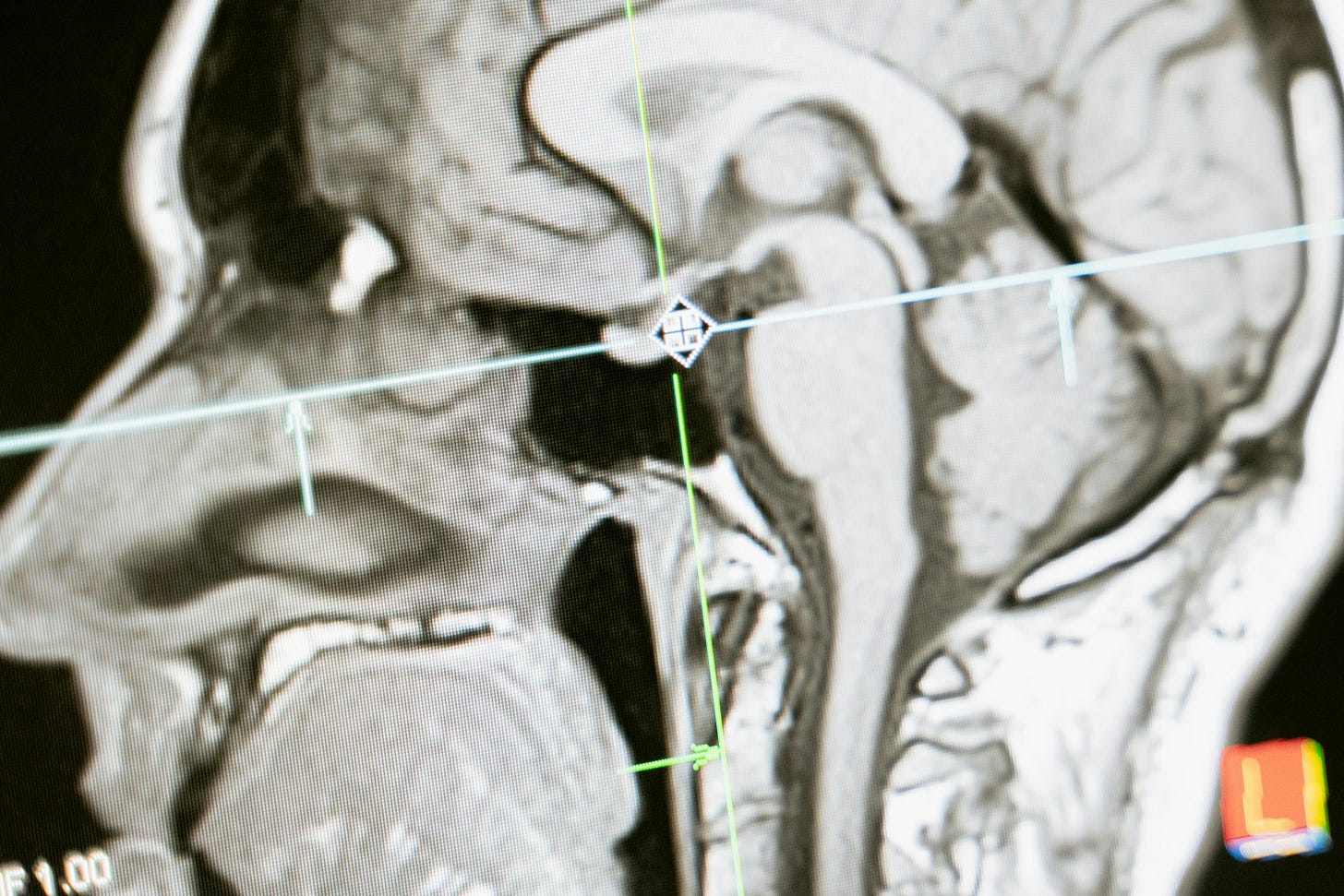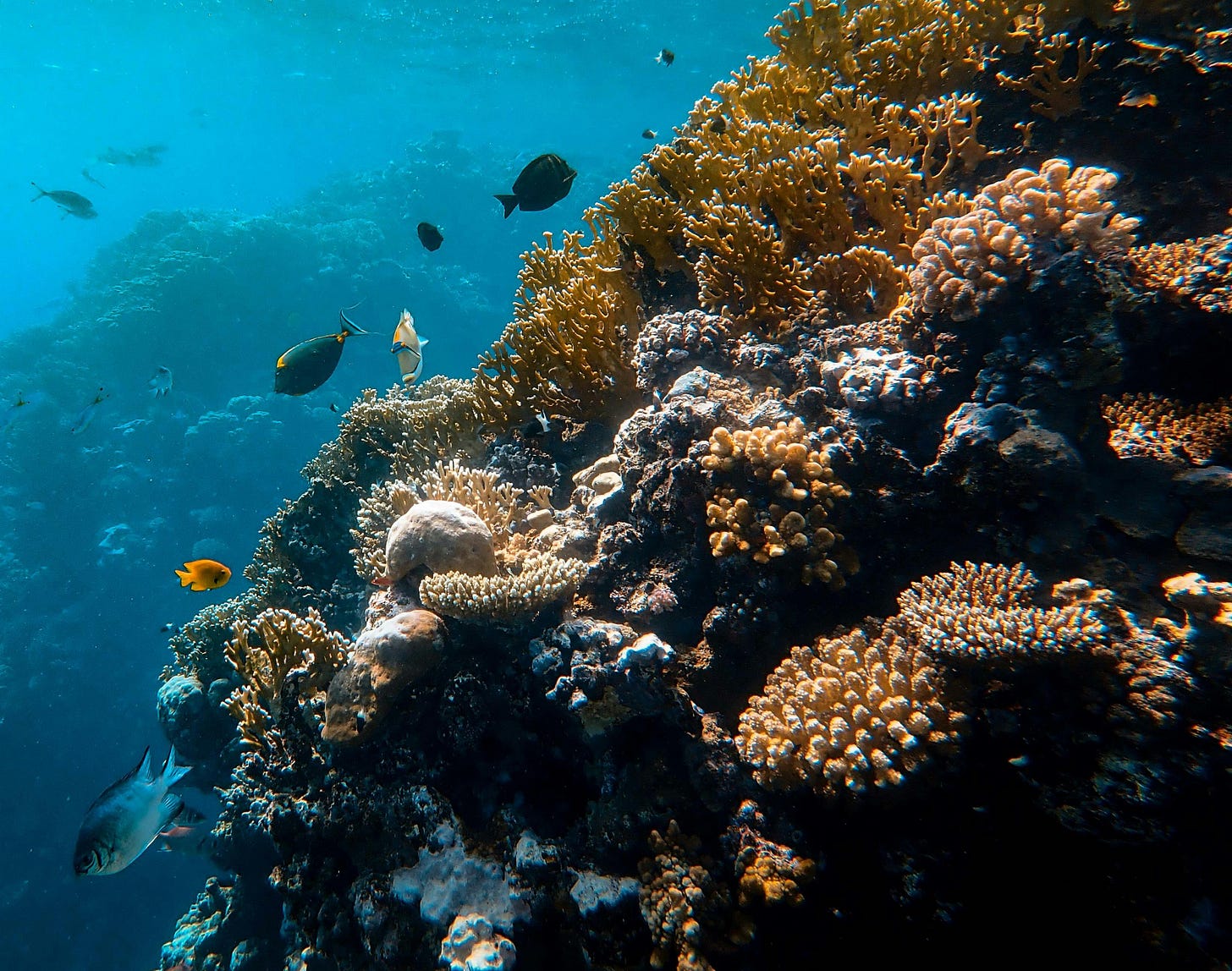1- Unlocking the Genetics Behind Mendel’s Pea Plant Traits
Gregor Mendel’s pea plant experiments laid the foundation for genetics by tracking seven key traits. Now, scientists have gone a step further, digging deep into the DNA behind these traits.

In their research, Feng et al. uncovered the following mysteries:
Why Some Pea Pods Are Yellow
A large chunk of DNA is missing near a gene that normally produces chlorophyll; without it, the pods stay yellow.Why Some Pea Pods Are Edible
Two mutations are at play: these changes weaken the pod’s inner lining, making it soft and edible.Why Some Stems Grow Thick or Flat (Fasciated Stems)
A tiny deletion of five DNA letters affects a gene that shapes the plant’s growth.
This new genetic insight not only explains Mendel’s original observations but also helps us understand plant development and aids in improving crop breeding.
In-depth reading:
Genomic and genetic insights into Mendel’s pea genes
Answers to a 160-year-old riddle about the genetics of Mendel’s pea traits
2- How the Brain Reads
Reading is more than just a skill, it’s essential for communication, education, employment, and mental well-being. A new meta-analysis of 163 brain imaging studies sheds light on how the adult brain processes reading.
The Left Side of the Brain Does Most of the Work:
Language-related areas in the left hemisphere, along with the cerebellum, are consistently active during reading.Different Reading Tasks Use Different Brain Areas:
Front left brain: Engaged when reading both real and made-up words.
Back left brain: Active during both single-word and full-sentence reading.
Out loud reading: Triggers sound and motor control areas.
Silent reading: Involves attention and problem-solving regions.

Task Type Matters:
Intentional silent reading activates more of the brain’s front and side areas.
Lexical decision tasks (checking if something is a real word) activate both left and right areas in the lower front and insular cortex.
This research deepens our understanding of the "reading brain" and supports future work in education, cognitive science, and even brain stimulation therapies.
In-depth reading:
The ‘reading’ brain: Meta-analytic insight into functional activation during reading in adults
3- Coral Reefs are Declining, and It Could Boost Ocean Carbon Uptake
Climate change is making oceans warmer and more acidic, which weakens coral reefs. Over time, corals may dissolve faster than they grow.
Researchers combined coral response data with global reef maps and ran simulations using a large-scale ocean model. They explored how reduced coral calcification might affect ocean carbon uptake under different emission scenarios. They discovered:
Less coral growth = more ocean carbon storage.
As reefs calcify less, they release fewer carbon and alkalinity compounds, changing ocean chemistry in a way that boosts carbon absorption.By 2050, Oceans could absorb up to 0.34 billion more tons of CO₂ per year.
By 2300, that adds up to 110 billion extra tons of carbon pulled from the atmosphere.

Carbon cycle impacts show up quickly, within decades.
The ocean has been absorbing carbon for centuries, because the effects of coral decline on ocean chemistry last long-term.
Including coral reef decline in carbon models might give us a bit more room in our global carbon budget, potentially reducing the pressure on carbon removal technologies.
Letting coral reefs die may slightly slow climate change, but at the cost of ocean life. This research highlights a critical dilemma for climate and conservation strategies.
In-depth reading:
Declining coral calcification to enhance twenty-first century ocean carbon uptake by gigatons
Authors Note:
If you want to further educate yourself about the effects of climate change in the South and Southeast Asian region, please check out the following course offered by Columbia University in collaboration with the Global Consortium on Climate and Health Education (GCCHE):
South and Southeast Asia Climate and Health Responders Course
Thank you so much for reading this month’s issue of The S.T.E.M Report. We will continue improving this newsletter. Make sure to subscribe to keep up with the latest releases.
If you have any comments, revisions, or suggestions, please comment below or reach us at stemresearchrecap@gmail.com.

